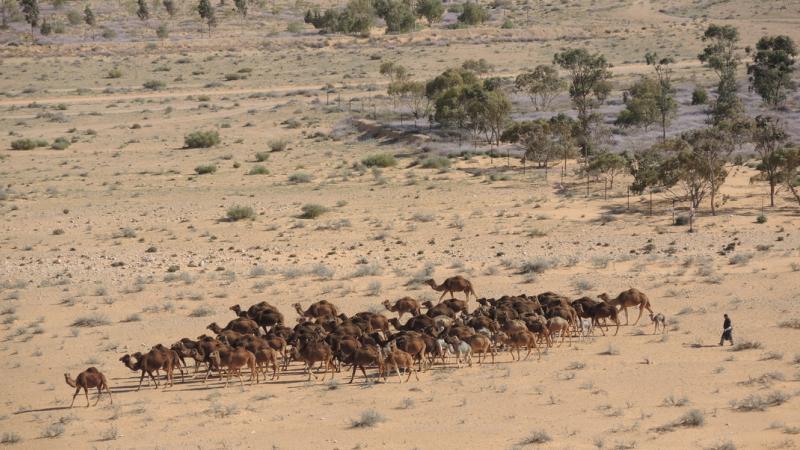How does local biodiversity respond to human pressures?

A global database helps identify how land use and related pressures have influenced the occurrence and abundance of species and the diversity of ecological assemblages.
Human activities have caused major changes in biological communities (animal populations and plants) worldwide, affecting biodiversity and ecosystem function. Understanding how land use and related pressures influence global biodiversity at a local scale can help make predictions of future changes.
Meta-analytic approach
Bringing more than 500 scientists worldwide, the PREDICTS project (Projecting Responses of Ecological Diversity in Changing Terrestrial Systems) uses a meta-analytic approach to investigate how local biodiversity typically responds to pressures like land-use change, pollution, invasive species and infrastructure. Since 2012, this global database has collated data on local biodiversity at different levels of human pressure from published studies.
The result is a large, reasonably representative database of comparable samples of biodiversity from multiple sites that differ in the nature or intensity of human impacts relating to land use. This evidence base has been used to develop global and regional statistical models of how local biodiversity responds to these measures.
The freely available 2017 release of the database contains more than 3.2 million records sampled at over 26,000 locations and representing over 47,000 species. They represent all of the world’s 14 terrestrial biomes, in approximate proportion to their contribution to global total primary productivity.
Understanding the global status of biodiversity
Although the database focuses on land use, it also includes data from regions that have so far seen relatively little land-use change, such as some high biodiversity wilderness areas like Amazonia, Congo forests, and North American deserts to gain a better picture of biodiversity hotspots.
The data has been enhanced by scoring site characteristics relating to human pressures, such as the predominant land use and how intensively the land is used.
In a recently published paper, the project team outlines how the database can help in answering a range of questions in ecology and conservation biology. The PREDICTS database will be useful to researchers and international efforts wishing to model and understand the global status of biodiversity.
From ICARDA side, the research is supported by CRP Livestock (Environmental Flagship) and the Arab Fund for Economic and Social Development (AFESD).
Author: Mounir Louhaichi (ICARDA)
